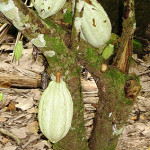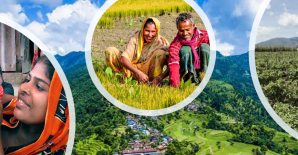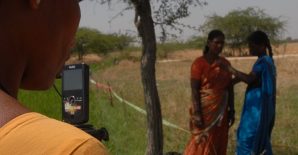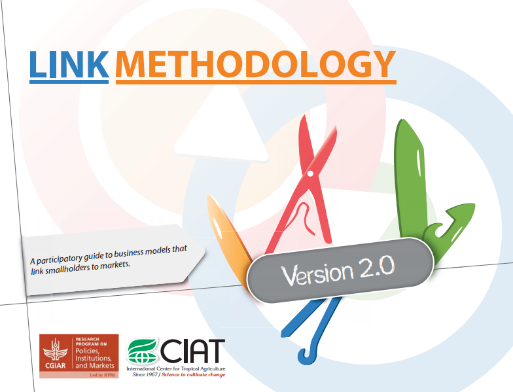 The LINK Methodology is a participatory guide created by the International Center for Tropical Agriculture (CIAT) and partners in 2007 to foster inclusive commercial relationships between rural producers, especially smallholders, and modern markets. The version used and recommended today is a 2014 update released with support from the CGIAR Research Program on Policies, Institutions, and Markets (PIM) as part of the research on Inclusive Value Chains and Efficient Trade. LINK is designed to help actors of the value chain learn from each other and discover new opportunities through application of the four main tools:
The LINK Methodology is a participatory guide created by the International Center for Tropical Agriculture (CIAT) and partners in 2007 to foster inclusive commercial relationships between rural producers, especially smallholders, and modern markets. The version used and recommended today is a 2014 update released with support from the CGIAR Research Program on Policies, Institutions, and Markets (PIM) as part of the research on Inclusive Value Chains and Efficient Trade. LINK is designed to help actors of the value chain learn from each other and discover new opportunities through application of the four main tools:
- The value chain map - to understand the macro context of markets and businesses that link rural producers with buyers.
- The business model canvas – for a more detailed analysis of specific businesses linking rural producers with buyers.
- The new business model principles - to determine whether each business that links rural producers with buyers is truly inclusive.
- The prototype cycle - to continuously improve the inclusivity of businesses that link rural producers with buyers.
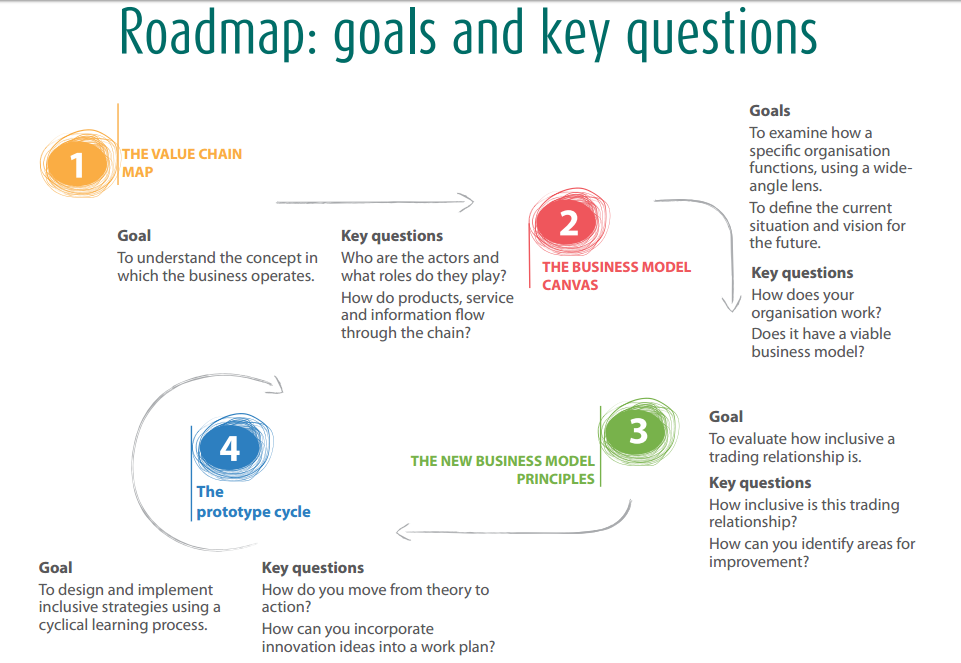
LINK roadmap: goals and key questions. Source: LINK methodology: a participatory guide to business models that link smallholders to markets. Version 2.0.
CIAT’s Linking Farmers to Markets research team counts about 50 cases of LINK use in Central America, with a few more around the world.
“We believe that sharing successful examples of LINK application is very important,” says Mark Lundy, theme leader, Linking Farmers to Markets, and co-author of the LINK methodology. “These examples encourage more actors from different sectors to get involved in inclusive business practices. They help people overcome a misconception that working with smallholders is risky and expensive. They show that, with improved business relationships and more inclusiveness, smallholders can provide a stable supply of higher quality products leading to sales increase for buyers and growth of profits for all participants of the value chain.”
Three new success stories of using the LINK methodology were recently presented at the Inclusive Business Model Forum organized by VECO Mesoamerica, the Honduras Learning Alliance, and FUNDER as part of the AGROMERCADOS Honduras 2016, a biennial international agricultural fair that brings together public and private stakeholders in the agricultural value chain.
Here is a quick summary of the cases.
- Honey
 The case of Cooperativa Apícola Pionera de Honduras Limitada (COAPIHL), a cooperative of small holder honey producers including 61 beekeepers (of whom 21 percent are women) and more than 130 associates. COAPIHL needed a business plan that would help improve and formalize the cooperative’s relationships with buyers. Application of the LINK Methodology not only helped to dramatically improve COAPIHL’s relations with its principal buyer, Supermercados Del Corral, but also to identify new markets and partners for further growth. With constant technical assistance from the partners’ side, the cooperative invested in new machinery and equipment, improved productivity and quality on honey, revised and strengthened its organizational structure. Women’s participation became more active at the production stage.
The case of Cooperativa Apícola Pionera de Honduras Limitada (COAPIHL), a cooperative of small holder honey producers including 61 beekeepers (of whom 21 percent are women) and more than 130 associates. COAPIHL needed a business plan that would help improve and formalize the cooperative’s relationships with buyers. Application of the LINK Methodology not only helped to dramatically improve COAPIHL’s relations with its principal buyer, Supermercados Del Corral, but also to identify new markets and partners for further growth. With constant technical assistance from the partners’ side, the cooperative invested in new machinery and equipment, improved productivity and quality on honey, revised and strengthened its organizational structure. Women’s participation became more active at the production stage.
The project was implemented with support from Heifer International and the Ford Foundation project “Mujeres Rurales en Camino hacia la Prosperidad.”
- Cocoa
The case of La Asociación de Productores de Sistemas Agroforestales de Cacao Orgánico de Olancho (APROSACAO), an association of Honduran chocolate producers. Most of its members are certified organic producers, some are in transition, and some work under a conventional production system. The LINK Methodology was applied here to develop an inclusive business model between APROSACAO and Chocolats Halba, a private Swiss company that manufactures and distributes chocolate called “Project Honduras” sold in supermarkets across Switzerland through the Coop Company.
As a result of this project, the Honduran cocoa from APROSACAO has gained recognition in Switzerland. 85% of the APROSACAO cocoa sold to Chocolats Halba meets premium quality standards. The farming families (who were not previously involved in cocoa production) increased their annual income by $169. Chocolats Halba pays additional $400 reward per ton of the APROSACAO cocoa over international cocoa prices and makes $50,000 advance payment to the association to ensure production. The firm also provides technical assistance to farmers for postharvest technics, commercialization, financing, and organic certification. Women are involved in the production of hand-made chocolates and postharvest activities, and young people have set up an organic fertilizer plant.
The case was part of a project funded by FAO and implemented by VECO Mesoamerica and CIAT. The LINK Methodology was applied jointly with the FAO’s Inclusive Business Models guidelines in this case.
- Vegetables
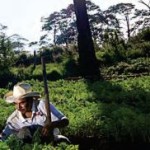 The case of Consorcio Agrocomercial de Honduras, a farmers’ consortium composed of 8 smallholder vegetable producer organizations representing 752 farmers, of whom 28% are women and 5% are youth. Since 2008, with support from FUNDER and as part of the “Recursos para Mi Tierra” program, the consortium established a business partnership with Supermercados La Colonia. Application of the CIAT’s (LINK) and FAO’s (Inclusive Business Models guidelines) methodologies boosted the collaboration. According to Miguel Arita, Supermercados La Colonia, relationships that started in 2008 with just potatoes now involve a basket of 35 different products. As a result, the consortium was able to increase its negotiating position, diversify its product offer, and increase market share. A good agricultural practices strategy was designed and implemented, achieving a 97% compliance rate with buyers’ standards and contributing to a 14% increase in sales in 2014 reaching a total of 3.2 million dollars. Women occupy more than half of processing jobs and sit on the boards of the producer organizations.
The case of Consorcio Agrocomercial de Honduras, a farmers’ consortium composed of 8 smallholder vegetable producer organizations representing 752 farmers, of whom 28% are women and 5% are youth. Since 2008, with support from FUNDER and as part of the “Recursos para Mi Tierra” program, the consortium established a business partnership with Supermercados La Colonia. Application of the CIAT’s (LINK) and FAO’s (Inclusive Business Models guidelines) methodologies boosted the collaboration. According to Miguel Arita, Supermercados La Colonia, relationships that started in 2008 with just potatoes now involve a basket of 35 different products. As a result, the consortium was able to increase its negotiating position, diversify its product offer, and increase market share. A good agricultural practices strategy was designed and implemented, achieving a 97% compliance rate with buyers’ standards and contributing to a 14% increase in sales in 2014 reaching a total of 3.2 million dollars. Women occupy more than half of processing jobs and sit on the boards of the producer organizations.
This case was part of a project financed by FAO implemented by VECO Mesoamerica with CIAT’s support.
Find more detail about the three cases in this story by CIAT>>
The cases were originally written in Spanish and are available by the following links:
Also check these CIAT blog stories describing how Heifer International uses the LINK methodology:
- Part 1: The LINK methodology spreads in the hands of Heifer International
- Part 2: Spreading LINK with Heifer in Central America
- Part 3: LINK finds an echo with Heifer teams in South America and other regions
- Part 4: Empowering the head to move the hands: A workshop at Heifer headquarters
- Part 5: LINK travels with Heifer to Asia and Africa
 #LINKmethod
#LINKmethod

